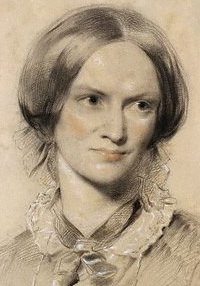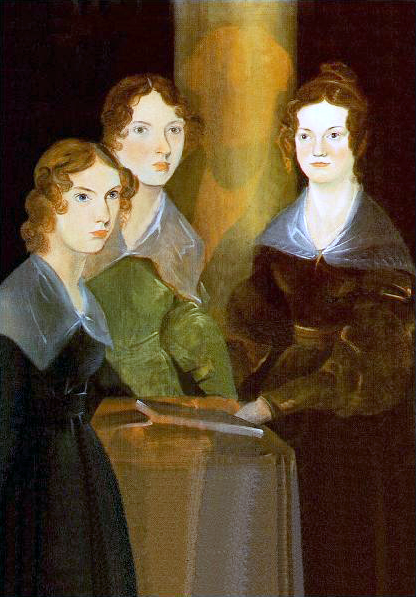 I arrived early to the third of four lectures and discussions of Victorian literature hosted and promoted by the Kansas City Public Library. Kaite Mediatore Stover, the Readers’ Services Manager for the Library, was helping to setup the conference room for the lecture. I took the opportunity to discuss with her the recent news articles about a possible change in the Library’s policy with respect to online card applications for patrons outside the Kansas City metro area. The Library does not charge a fee to anyone who applies for a card and this has caused an unusually high volume of applications from the St. Louis area (where the local library system does charge for access to it’s system if a person lives outside it’s taxbase). The result has been a flood of online checkouts of ebooks from the Library’s Overdrive site, leaving some local patrons with no recourse but the waiting list for popular ebooks. I apologized for my earlier misunderstanding concerning the Kansas City earnings tax (a one percent income tax paid by anyone who works in Kansas City, Missouri, regardless of where you live – like me, who lives in Lansing, Kansas, yet works in KCMO). I assumed, wrongly, that the earnings tax collected out of my paycheck trickled down to the Library and offset my access to the Library’s resources and programs. The Director set me straight and reminded me that all libraries, including the wonderful Kansas City Public Library, accept donations and in fact, receive between five and ten percents of their total budget through charitable giving. Properly chastised, I went searching for information to help support the Library and found the Library Foundation web page, where I can donate conveniently online.
I arrived early to the third of four lectures and discussions of Victorian literature hosted and promoted by the Kansas City Public Library. Kaite Mediatore Stover, the Readers’ Services Manager for the Library, was helping to setup the conference room for the lecture. I took the opportunity to discuss with her the recent news articles about a possible change in the Library’s policy with respect to online card applications for patrons outside the Kansas City metro area. The Library does not charge a fee to anyone who applies for a card and this has caused an unusually high volume of applications from the St. Louis area (where the local library system does charge for access to it’s system if a person lives outside it’s taxbase). The result has been a flood of online checkouts of ebooks from the Library’s Overdrive site, leaving some local patrons with no recourse but the waiting list for popular ebooks. I apologized for my earlier misunderstanding concerning the Kansas City earnings tax (a one percent income tax paid by anyone who works in Kansas City, Missouri, regardless of where you live – like me, who lives in Lansing, Kansas, yet works in KCMO). I assumed, wrongly, that the earnings tax collected out of my paycheck trickled down to the Library and offset my access to the Library’s resources and programs. The Director set me straight and reminded me that all libraries, including the wonderful Kansas City Public Library, accept donations and in fact, receive between five and ten percents of their total budget through charitable giving. Properly chastised, I went searching for information to help support the Library and found the Library Foundation web page, where I can donate conveniently online.
Table of Contents
Biographical Background (p. 2)
Setting and Literary Background(p. 3)
Discussion Questions (p. 4)
I didn’t get a chance to ask Kaite about her thoughts on the Librarian Boycott of HarperCollins, because our lecturer arrived, as well as Melissa Carle, the Weekend supervisor at the Plaza branch, and other readers began to join us in the conference room overlooking Brookside and Brush Creek. This unique reading program, A Taste of Victorian Literature, was first offered at the Waldo branch last summer, but returned this Spring to the Plaza branch, albeit in reverse order. So, I’ve finally caught up with the program, since I read D.H. Lawrence’s The Rainbow in July and attended the inaugural lecture, presentation, discussion led by Andrea Broomfield, associate professor of English at Johnson County Community College, and which included authentic Victorian era refreshments. But that was then, and this is now, so I spent most of April reading George Eliot’s The Mill on the Floss, taking my time to absorb and appreciate the nuances and subtleties of her third novel.



























